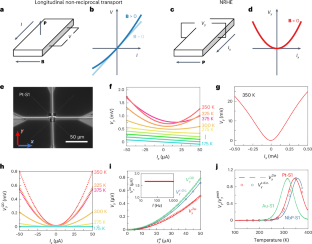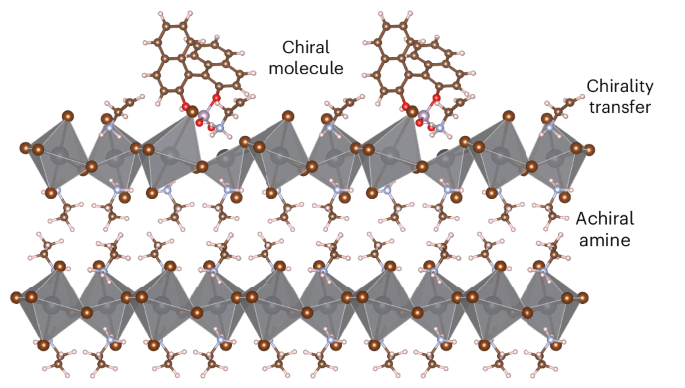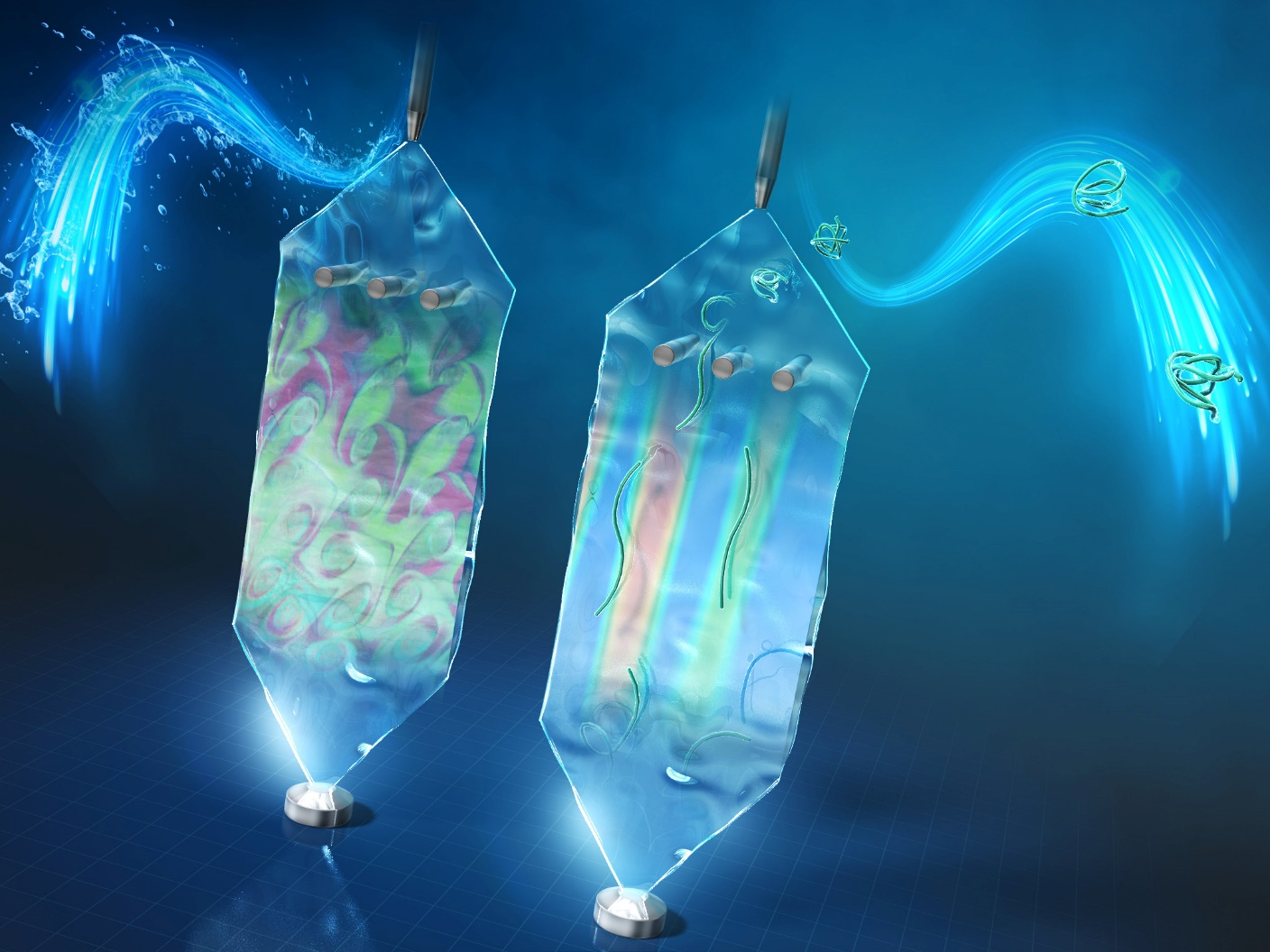2024-10-24 ペンシルベニア州立大学(PennState)
<関連情報>
- https://www.psu.edu/news/research/story/room-temperature-electrical-control-could-heat-future-technology-development
- https://www.nature.com/articles/s41563-024-02015-7
巨大な室温非相反ホール効果 Colossal room-temperature non-reciprocal Hall effect
Lujin Min,Yang Zhang,Zhijian Xie,Sai Venkata Gayathri Ayyagari,Leixin Miao,Yugo Onishi,Seng Huat Lee,Yu Wang,Nasim Alem,Liang Fu & Zhiqiang Mao
Nature Materials Published:21 October 2024
DOI:https://doi.org/10.1038/s41563-024-02015-7

Abstract
Non-reciprocal charge transport has gained significant attention due to its potential in exploring quantum symmetry and its promising applications. Traditionally, non-reciprocal transport has been observed in the longitudinal direction, with non-reciprocal resistance being a small fraction of the ohmic resistance. Here we report a transverse non-reciprocal transport phenomenon featuring a quadratic current–voltage characteristic and divergent non-reciprocity, termed the non-reciprocal Hall effect. This effect is observed in microscale Hall devices fabricated from platinum (Pt) deposited by a focused ion beam on silicon substrates. The transverse non-reciprocal Hall effect arises from the geometrically asymmetric scattering of textured Pt nanoparticles within the focused-ion-beam-deposited Pt structures. Notably, the non-reciprocal Hall effect generated in focused-ion-beam-deposited Pt electrodes can propagate to adjacent conductors such as Au and NbP through Hall current injection. Additionally, this pronounced non-reciprocal Hall effect facilitates broadband frequency mixing. These findings not only validate the non-reciprocal Hall effect concept but also open avenues for its application in terahertz communication, imaging and energy harvesting.



